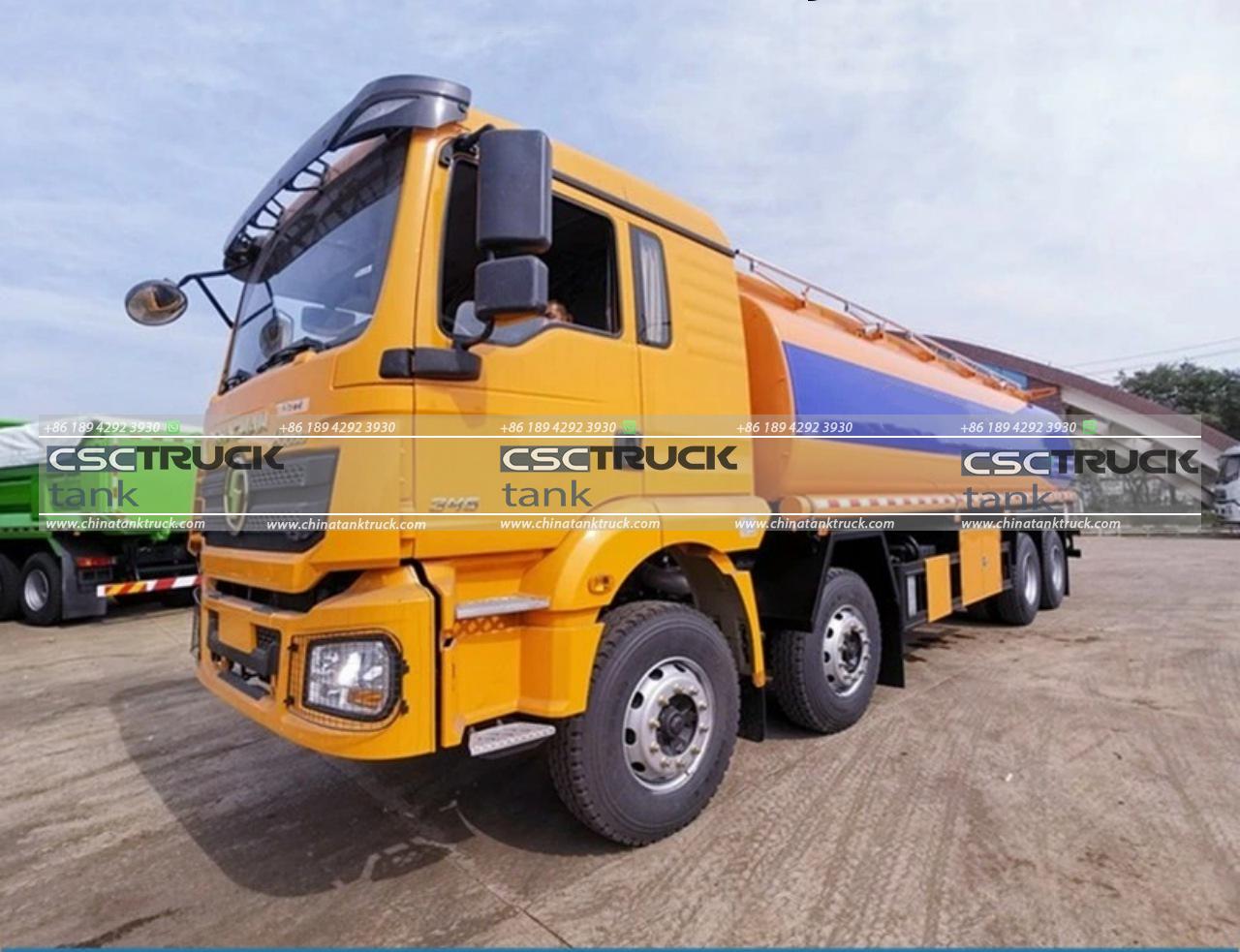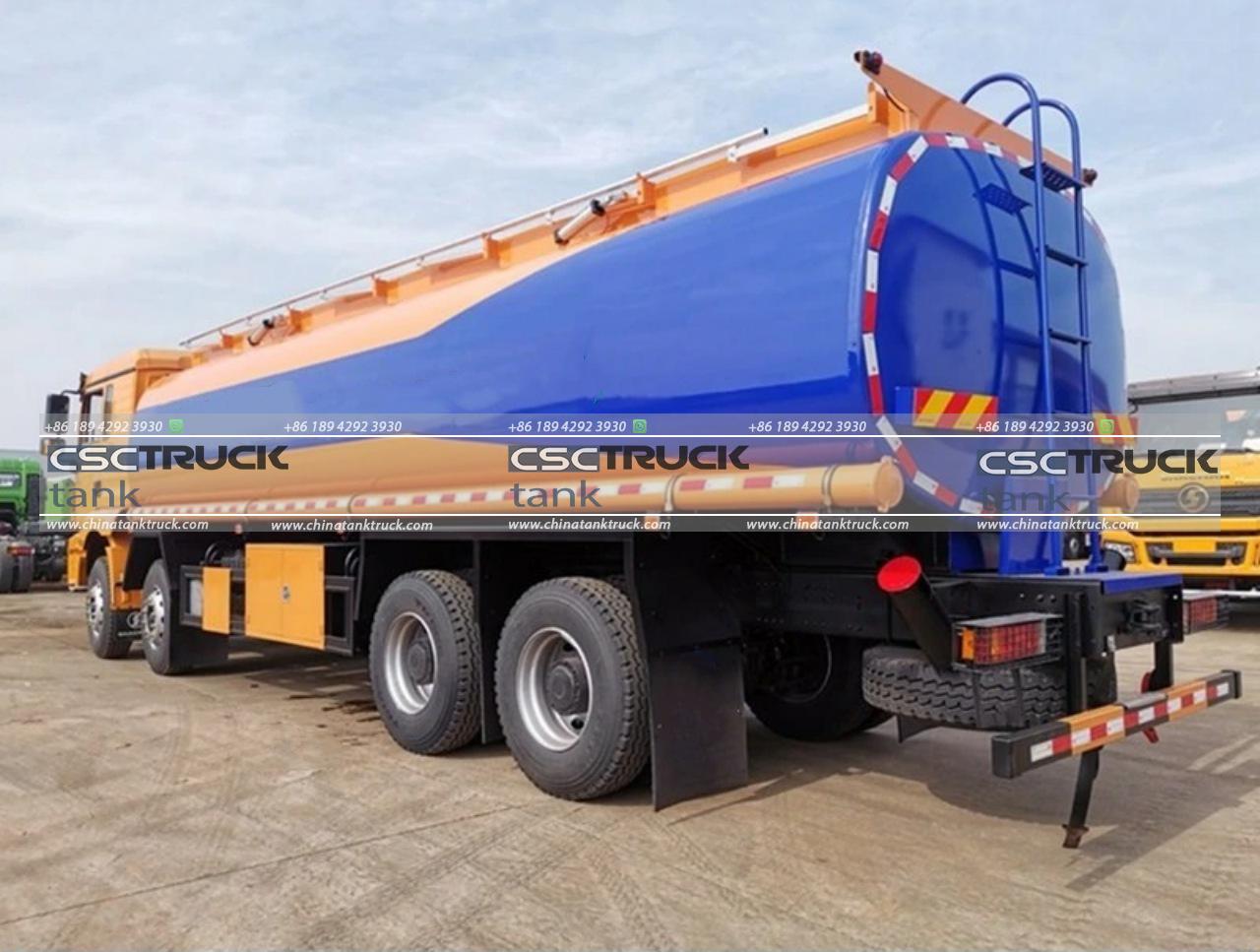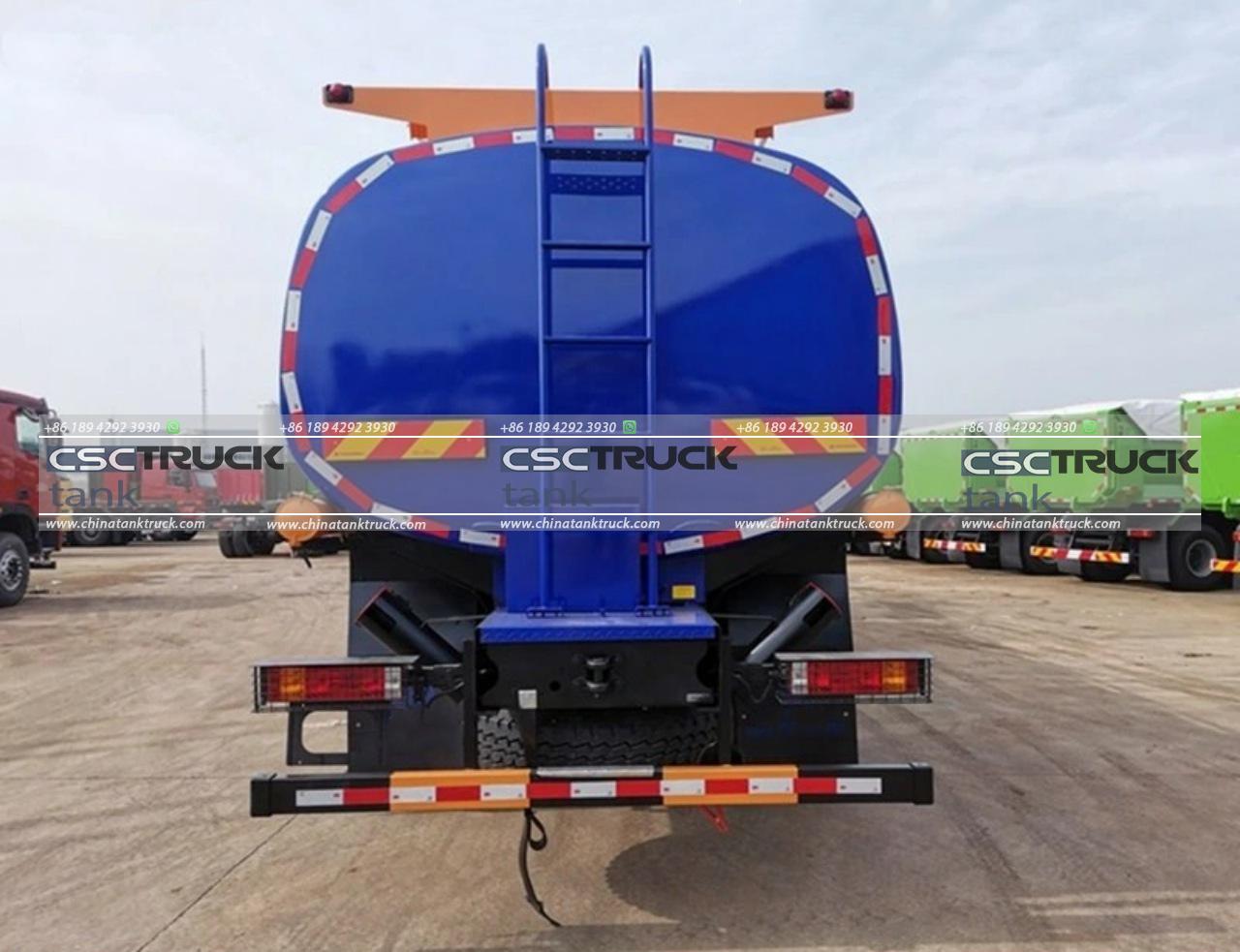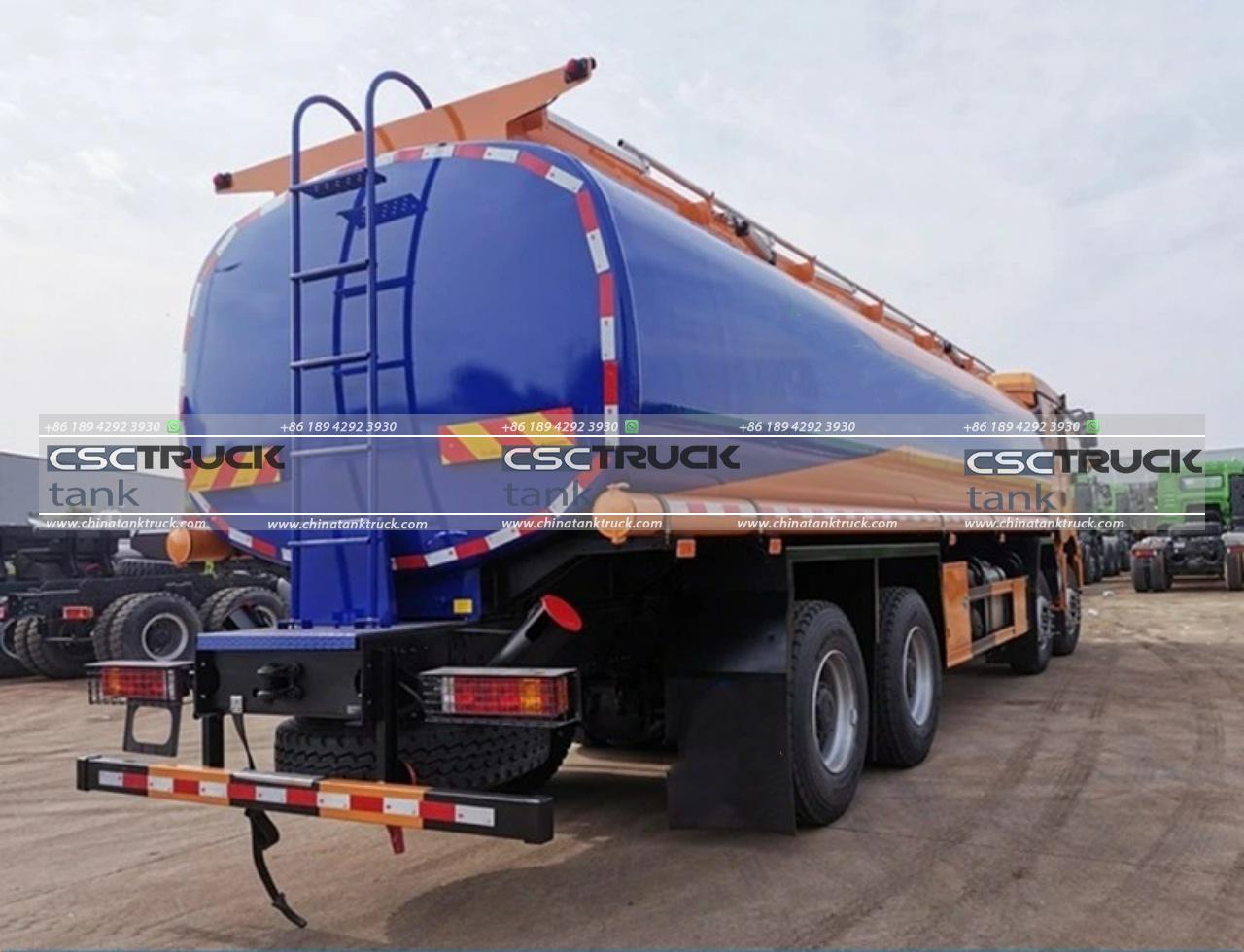Crude Oil Tank Trucks: Reliable and Secure Transport for Oil Products
Transporting crude oil and other petroleum products is a crucial component of the global energy supply chain, and it’s a process that demands precision, safety, and reliability. Tank trucks designed specifically for the transportation of crude oil fulfill this critical role, engineered to deliver vast amounts of oil from one location to another with secure containment and minimal environmental impact.
1. Introduction to Crude Oil Tank Trucks
Crude oil tank trucks, commonly referred to as tanker trucks, are specialized vehicles equipped to handle the safe and efficient movement of crude oil and petroleum products. Unlike conventional trucks, these tankers are built with cylindrical tanks made from durable materials, engineered to withstand significant pressure, temperature fluctuations, and the wear associated with transporting large volumes of liquid over long distances.
The importance of crude oil tank trucks cannot be overstated; they play a vital role in delivering oil to refineries, distribution hubs, and eventually to the retail locations that meet consumer needs. Whether hauling crude from drilling sites or refined products like gasoline and diesel, tank trucks are essential to maintaining a steady supply of energy.

2. Design and Specifications
To ensure safe transport, crude oil tank trucks are designed with a variety of technical specifications:
– Tank Material: Tanks are typically made from high-grade carbon steel or aluminum, materials known for their resistance to corrosion and ability to withstand pressure. Aluminum tanks are lightweight, which increases fuel efficiency, while steel tanks offer higher durability, especially in rugged environments.
– Capacity: The tank capacity of these trucks varies widely, usually ranging from 5,000 to 11,000 gallons. Tank sizes depend on factors like regional regulations, road restrictions, and the type of oil being transported. Larger tanks enable fewer trips, reducing fuel costs and environmental impact.
– Compartments: Many crude oil tank trucks are divided into compartments, allowing for the transportation of multiple product types or grades simultaneously. Compartmentalization also minimizes the movement of the liquid (known as “slosh”), providing better stability on the road.
– Safety Features: Advanced tank trucks include a variety of safety measures. These include pressure-relief valves, spill containment systems, fire-resistant designs, and double hulls to prevent leakage. Anti-roll bars and low center-of-gravity designs further enhance stability.
– Insulation and Heating: Certain oil products require temperature control to maintain their viscosity. Insulated tanks or tanks equipped with heating systems ensure that products like heavy crude remain in a manageable, pumpable state throughout the journey.
3. Safety Standards and Regulatory Compliance
Due to the hazardous nature of crude oil, tank trucks must comply with strict regulations at both the national and international levels. Agencies like the U.S. Department of Transportation (DOT) and the European Agreement concerning the International Carriage of Dangerous Goods by Road (ADR) set forth standards that cover design, construction, and operational protocols.
Key safety standards include:
– Hazardous Materials Classification: Crude oil is classified as a hazardous material, which subjects tank trucks to rigorous labeling, documentation, and driver training requirements. Hazard classification helps first responders quickly assess and respond to accidents.
– Periodic Inspection and Maintenance: Regular inspection and maintenance are mandated to ensure the structural integrity of tanks and that safety features are functioning. Visual inspections, leak tests, and structural evaluations are part of routine checks, preventing potential issues from leading to accidents.
– Driver Training: Drivers transporting hazardous materials receive specialized training on handling emergencies, preventing spills, and understanding the specific risks associated with crude oil.
Compliance with these standards is essential for companies seeking to transport oil legally and safely.

4. Technology and Innovation
Advances in technology have significantly improved the safety and efficiency of crude oil transport. Here are some key technological innovations that enhance the reliability of crude oil tank trucks:
– Telematics and Fleet Management Systems: GPS tracking, real-time vehicle diagnostics, and remote monitoring systems help companies keep track of their fleet’s location, speed, and tank status. This allows for real-time decision-making and immediate intervention if issues arise.
– Pressure and Temperature Sensors: Integrated sensors monitor the internal conditions of the tank, alerting drivers or fleet managers to potential changes that could affect safety. These sensors are particularly valuable in monitoring temperature-sensitive cargo.
– Electronic Stability Control(ESC): This system helps prevent rollovers and improves stability by automatically applying brakes or reducing engine power if sensors detect a potential tipping scenario.
– Automatic Shutoff Valves: In case of an accident, automatic shutoff valves close to prevent the release of crude oil, mitigating the risk of spills and contamination. This is especially useful during refueling or offloading.
5. Environmental Considerations
As environmental awareness grows, crude oil transportation companies are focusing on reducing their ecological footprint. Tank truck manufacturers are continually innovating to reduce emissions, prevent spills, and minimize the impact of accidents:
– Spill Prevention Technologies: Spill containment systems and double-hulled designs significantly reduce the likelihood of leakage, even if the tank is damaged. These features are essential for protecting the environment from contamination.
– Eco-Friendly Fuel Options: Some companies are beginning to adopt fuel alternatives like biofuels or compressed natural gas (CNG) for their tanker trucks. These options emit fewer greenhouse gases and reduce the overall carbon footprint of oil transportation.
– Efficient Routing and Logistics: Fleet management systems allow companies to optimize routes, avoiding high-traffic areas or regions with environmental restrictions. This decreases fuel consumption, reduces emissions, and minimizes the risk of accidents in populated or environmentally sensitive areas.

6. The Role of Crude Oil Tank Trucks in the Supply Chain
Crude oil tank trucks are a pivotal part of the oil supply chain. They move oil from production sites to refineries, and from refineries to distribution centers, connecting different points within the network. By enabling the secure transport of crude oil, these trucks help stabilize the supply of petroleum products, ensuring that end-users, from industrial plants to gas stations, have continuous access to necessary energy resources.
Unlike pipeline transport, which is limited by fixed routes, tank trucks offer flexibility. They can navigate varied routes, reach remote locations, and serve as a backup in case of pipeline malfunctions or during peak demand periods.
7. Future Trends in Crude Oil Tank Truck Transport
As the energy industry continues to evolve, the transport of crude oil and petroleum products by tank trucks will undergo changes driven by both environmental policies and technological advancements:
– Automation: Autonomous driving technology, although still in the early stages, is likely to play a role in crude oil transport in the future. Autonomous tankers can improve route efficiency, reduce human error, and provide safer transport options, especially for long-distance hauls.
– Enhanced Sustainability: As the demand for cleaner energy grows, crude oil tank trucks are expected to shift toward greener fuels and alternative power sources. Battery-electric or hydrogen-powered tanker trucks could reduce the environmental impact of crude oil transportation.
– Digitalization and Big Data: The integration of big data analytics into fleet management will provide insights into driver behavior, fuel consumption, and maintenance needs. This allows companies to improve fuel efficiency, enhance safety, and reduce operational costs.

Conclusion
Crude oil tank trucks play a critical role in the transport of oil products, offering a reliable, flexible, and secure means of connecting different points in the oil supply chain. With an emphasis on safety, regulatory compliance, and innovation, these vehicles are equipped to handle the challenges of transporting hazardous materials while minimizing environmental impact. As the industry continues to adapt to evolving technology and sustainability goals, crude oil tank trucks will remain a vital component of global energy infrastructure, evolving alongside the shifting landscape of energy production and distribution.

